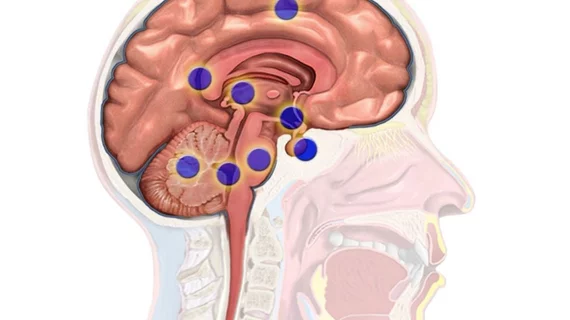NIH awards $20M grant to develop PET radiotracers for diagnosing Parkinson’s
The National Institutes of Health (NIH) has awarded a five-year, $20 million grant to a multi-institutional group of researchers who will work to create a PET-based tool for imaging the brains of those with Parkinson’s and other neurodegenerative diseases.
Researchers from the University of Pennsylvania’s Perelman School of Medicine will lead the team, part of a larger group called the Center Without Walls, which includes Washington University in St. Louis, the University of Pittsburgh, the University of California, San Francisco, and Yale University. Together they plan to develop two PET radiotracers that will bind to, and help visualize, proteins common in neurodegenerative diseases.
“The (National Institute of Neurological Disorders and Stroke) NINDS set an incredibly ambitious goal that required an equally ambitious project,” Robert H. Mach, PhD, principal investigator at the center and professor of radiology at Penn Medicine, said in a statement. “At the end of five years, we hope to have a radioactive tracer that will be able to detect Parkinson’s early on and provide detailed information about the disease’s progression, which is critical for discovering and testing new treatments.”
The radiotracers will target both alpha-synuclein, a protein found in the brains of those with Parkinson’s, and 4R tau, a protein seen in frontotemporal degeneration and progressive supranuclear palsy. Mach said identifying those compounds is comparable to “finding a needle in a haystack.”
Currently, the gold standard for treatment of the disease—which impacts 10 million across the world—is the drug Levodopa. It was approved by the FDA more than 50 years ago and often produces severe side effects. If the Center Without Walls' researchers can successfully establish an imaging biomarker, it would be considered a “critical step” for early detection and could speed up the research required to develop new treatment therapies.
“That would be a true paradigm shift in the way we develop molecular imaging probes to study neurological disease,” Mach concluded.

